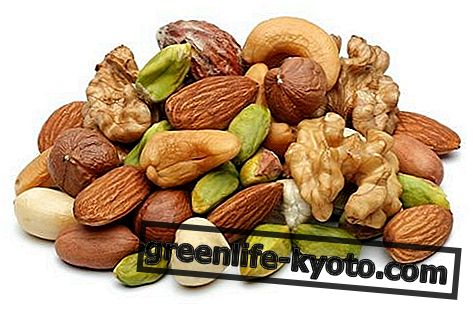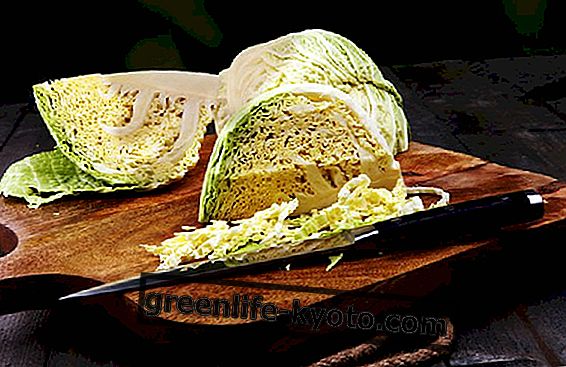
The fruits of the milk thistle are useful for promoting the protection and functionality of the liver .
Let's see when to take milk thistle, the characteristics of the plant and its benefits.
What are the benefits of milk thistle
The drug of milk thistle is represented by the private mature fruits of the pappus of Silybum marianum, a biennial herbaceous plant belonging to the Asteraceae family.
The drug contains silymarin, a complex of flavolignans consisting of a mixture of silybin, silicristina, silidianina and others. Milk thistle also contains fatty acids, sterols, sterols, flavonoids and proteins .
The substances contained in milk thistle are able to:
> Stabilize the hepatocyte cell membrane, reducing the entry of toxic substances;
> increase protein synthesis in liver cells by stimulating regeneration;
> carry out an antioxidant action transforming free radicals into stable compounds that are not harmful to tissues;
> increase the production of glutathione, favoring detoxification of the liver;
> act against inflammation .
The milk thistle therefore has antioxidant, anti-inflammatory, detoxifying and regenerating properties that determine a hepatoprotective effect . Milk thistle is in fact used above all the health of the liver .
Read also Milk thistle for the liver >>
When to take the milk thistle
The intake of milk thistle or is recommended in case of digestive disorders, liver changes and in the adjuvant treatment of alcoholic and non-alcoholic cirrhosis, steatosis, hepatitis and other acute and chronic liver disorders .
The fruits of the milk thistle are also used in the treatment of dyslipidemias, in particular in the case of hypertriglyceridemia, that is, high blood levels of triglycerides; it does not seem useful to take milk thistle in case of high levels of blood cholesterol.
The intake of milk thistle can also promote the reduction of blood sugar and improve digestive processes by promoting the production and secretion of bile.
The daily dose to be taken is very variable and depends on the type of disorder to be treated. In general, milk thistle is administered as an extract.
An important use of milk thistle is in the treatment of intoxication of the Amanita phalloide : in this case the silybin is administered by the doctor intravenously.
Milk thistle, characteristics of the plant
Milk thistle is a spontaneous plant widespread especially in central and southern Italy.
In the first year the milk thistle produces a rosette of thorny leaves on the edges and typically mottled on the upper page. Legend has it that the Madonna, in the hurry to hide Jesus from Herod, has lost a few drops of milk staining the leaves of the milk thistle with white; from here it seems to derive the name marianum of the plant.
During the spring of the second year it emits the stem, which can reach a meter and a half in height . From May to July the plant produces large, purple-colored heads, similar to the artichoke flower. From the flower originates the fruit, a dark oval achene surmounted by a pappus. In summer, the heads are harvested from which the fruits are extracted which, deprived of the pappus, constitute the drug.
In addition to herbal and phytotherapeutic use, milk thistle has a food use . The roots, the collar, the private leaves of the thorns, the stems and the flowers are consumed from the thistle.












